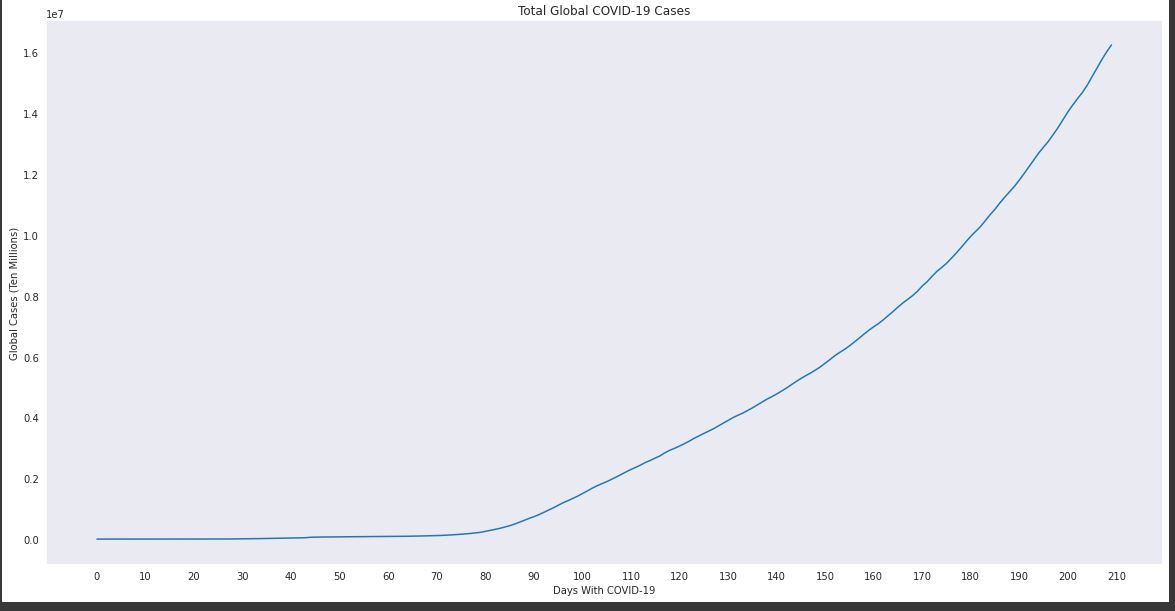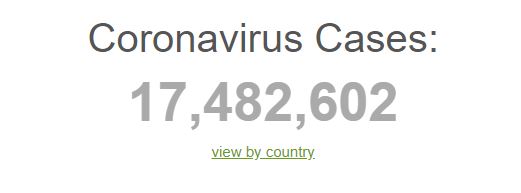Predicting COVID-19 Cases
Predicting COVID-19 Cases
August 1, 2020


Graph of cases since late July
As the cases of COVID-19 continue to increase, its future path may become harder to predict or determine ourselves. With the power of machine learning, this task can become less daunting than it needs to be.
Starting with the data, I noticed taking the data from one source would not be effective because they can only update so many times a day. To solve this issue, I got inputs from multiple sources that can update every hour and took the mean value for each day. As COVID-19 has been permeating for longer than 200 days, I would have plenty of data to run an SVR model running an RBF kernel. SVR stands for Support Vector Regression and is mainly used with graphable predictions.


The value my model predicted for July 31st
When printing the outputs for my predictions, I will run the model a day before because of the data format. Using Google Colab, I set up a notebook with sci-kit-learn, pandas, and NumPy libraries to do all of the preprocessing and visualization.


The reported total cases for July 31st
Comparing my regression model's prediction to the number of cases on that day, it was only off by less than 100 cases.
The errors that occurred during this project came mainly in predicting cases. It was settling to see that my model overestimated some of the numbers meaning the curve is slowly flattening.